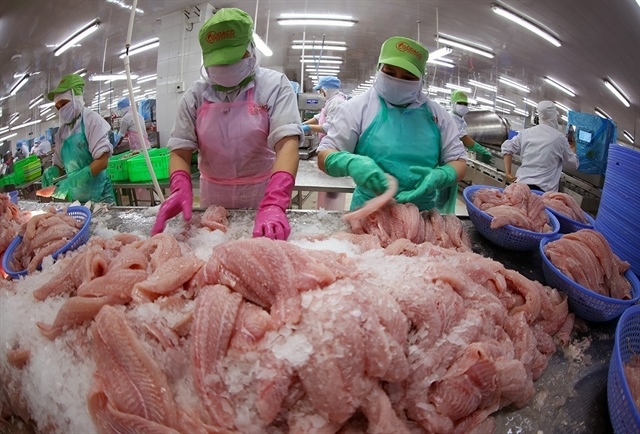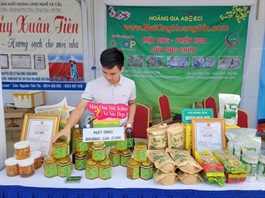Global sustainability shift: a push for Việt Nam's garment industry
Global sustainability shift: a push for Việt Nam's garment industry
The global garment and textile industry is undergoing a significant shift as regulations aimed at sustainability reshape the sector.

From California's SB 707 law mandating producer responsibility for textile waste, to the European Union’s stringent Extended Producer Responsibility (EPR) programmes, stakeholders across the supply chain are grappling with new environmental and social benchmarks.
Việt Nam, a major player in the global textile market, is navigating these changes, seeing them as a mix of challenges and opportunities.
“For Việt Nam, whose textile industry contributes 10 per cent of the nation’s GDP and is the world’s third-largest garment exporter, these regulations pose unique challenges,” said Ph.D. Trương Văn Cẩm, Vice Chairman and General Secretary of Việt Nam Textile Apparel Association (VITAS).
“With approximately 60 per cent of raw materials still sourced from China, complying with traceability requirements and sustainable sourcing is daunting.”
Chelsea Murtha, Senior Director of Sustainability at the American Apparel & Footwear Association (AAFA), highlights potential shifts in sourcing.
“Brands are now prioritising recyclable materials and rethinking assembly processes,” she told Việt Nam News.
This push could favour countries that develop advanced textile recycling capabilities, putting Việt Nam in competition with geographically closer regions like Central America.
Việt Nam’s reliance on imported raw materials, particularly from China, creates vulnerabilities, Cẩm said.
The US Uyghur Forced Labour Prevention Act has already disrupted imports linked to Xinjiang, pushing companies to ensure clear supply chains.
While there are emerging investments in cotton recycling facilities in Việt Nam, the nation still lags in large-scale textile-to-textile recycling, a critical capability for meeting international sustainability demands.
Cẩm added that with a significant proportion of labour focused on basic cut-and-sew operations, there is a need for upskilling to adapt to circular manufacturing processes.
Opportunities for growth
Despite these challenges, Việt Nam’s garment and textile sector is well-positioned to adapt and thrive.
Companies like Garment 10 Corporation have established a green factory which embraces solar energy and biomass-powered systems to meet international standards.
“The change in sources of energy helps the factory obtain the prestigious international renewable energy certificate I-REC, reducing the company’s electricity costs. As a result, the company’s products meet strict standards from major export markets such as the EU, the US and Japan,” Nguyễn Thị Bích Thuỷ, Deputy General Director of Garment 10 Corporation said.
Its green factory initiative is a typical example of how Vietnamese firms can align with global sustainability trends.
Việt Nam’s participation in 16 foreign trade agreements (FTAs), including the Comprehensive and Progressive Agreement for Trans-Pacific Partnership (CPTPP) and Việt Nam - EU Free Trade Agreement (EVFTA), offers access to markets demanding sustainable products, said the general secretary of VITAS.
These agreements can also attract foreign investments to strengthen Việt Nam’s domestic raw material production.
“With the return of US President-elect Donald Trump, Chinese commodities are expected to suffer from more tariffs. This is likely to cause Chinese producers in the garment industry to shift their factories to Việt Nam, helping the country strengthen material sources,” Cẩm said.
Cẩm also stressed the importance of partnerships between government, brands and international organisations to build resilient supply chains and foster innovation.
Murtha from AAFA echoes this sentiment, emphasising that countries adept at recycling and sustainable assembly will lead the garment industry in the future.



























